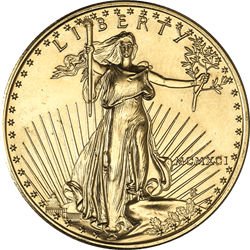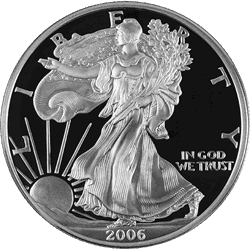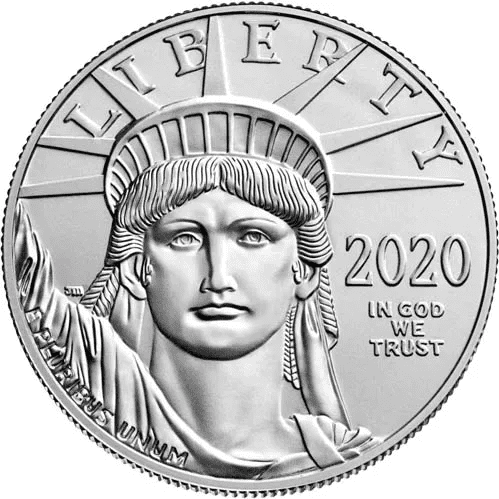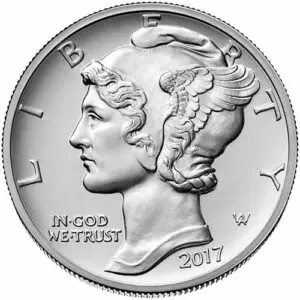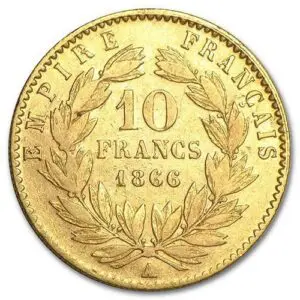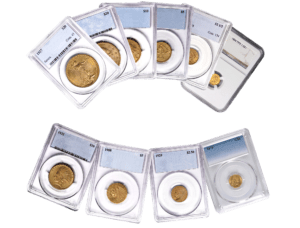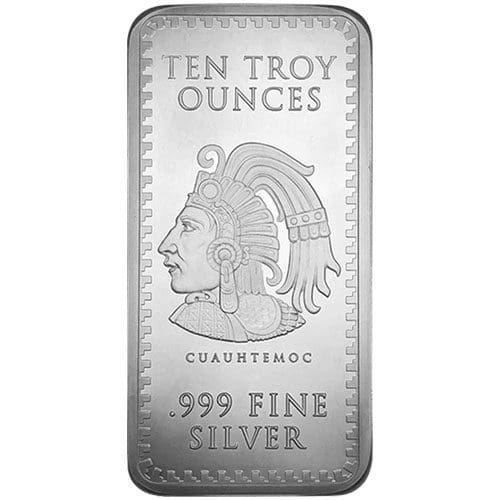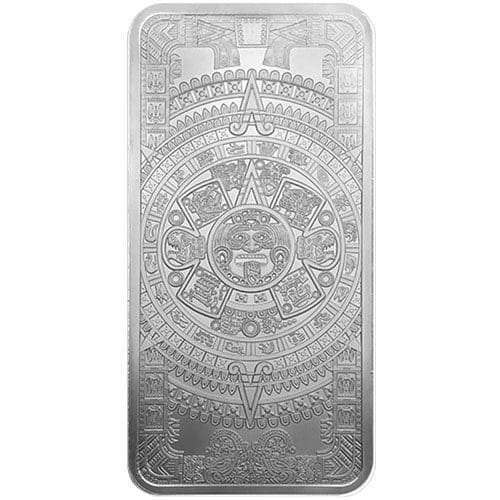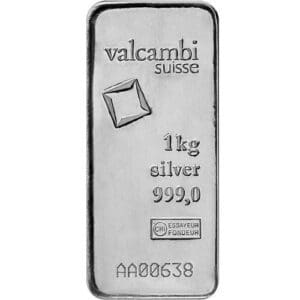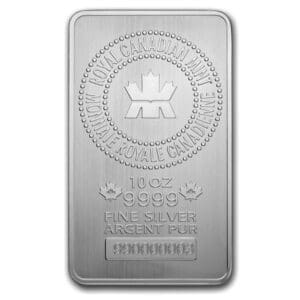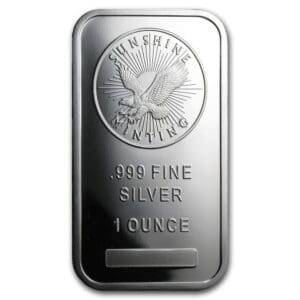Description
The Aztec sun stone is widely regarded as the most significant remaining artifact from the reign of the Aztec Empire in Central America. The Aztec capital city of Tenochtitlan originally housed the sun stone, a massive inscription on a basalt stone that weighs an astonishing 24 short tons. It is believed the stone was carved between 1502 and 1521 when the empire was in decline.
Scholars who have studied the Aztec sun stone say it represents the views and beliefs of the Aztecs. The design elements and symbolism in the stone summarize how the Aztecs believe the cosmos were formed and it also includes charting to help track the days of the month and months of the year in the Aztec solar calendar.
On the obverse of each 10 oz Aztec Calendar Silver Bar is the depiction of the Aztec sun stone, or Aztec Calendar. The sun stone focuses on a central disk with the face of Tonatiuh, the Aztec solar god. He is featured with clawed hands that are clutching human hearts and has a stone knife tongue that represents the sacrifices of humans to appease gods such as himself.
The reverse side of 10 oz Aztec Calendar Silver Bars features a portrait of Cuauhtemoc. Still revered by Mexicans today for his fight against Spanish oppression in Central America, Cuauhtemoc was chosen as the emperor of the Aztec Empire in 1520 and would only rule until August 1521. He was captured by the Spanish as they invaded and sacked Tenochtitlan. The Spanish kept him prisoner for several years before unceremoniously ordering his execution.






